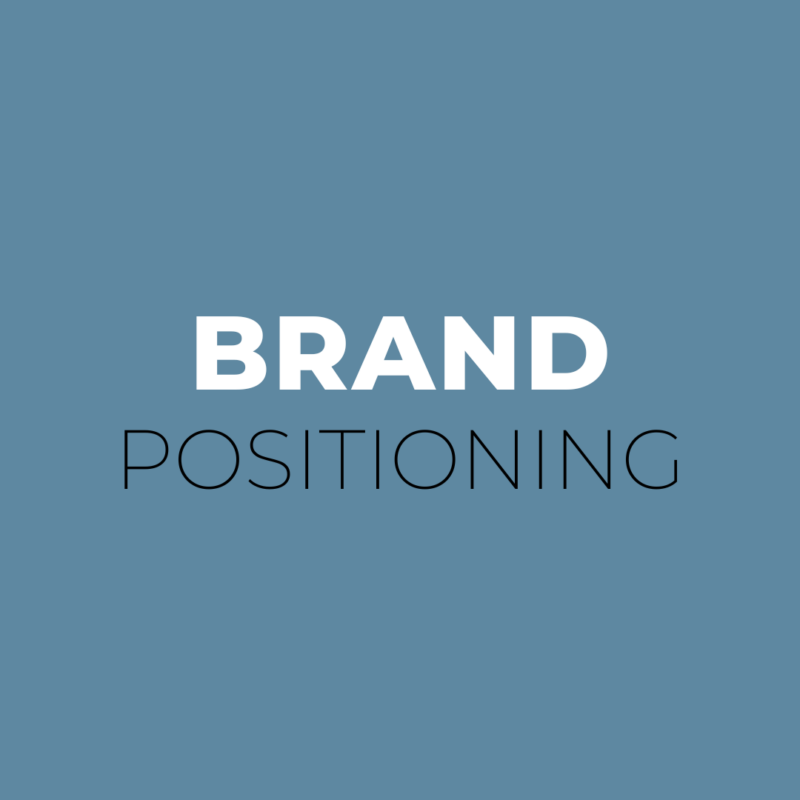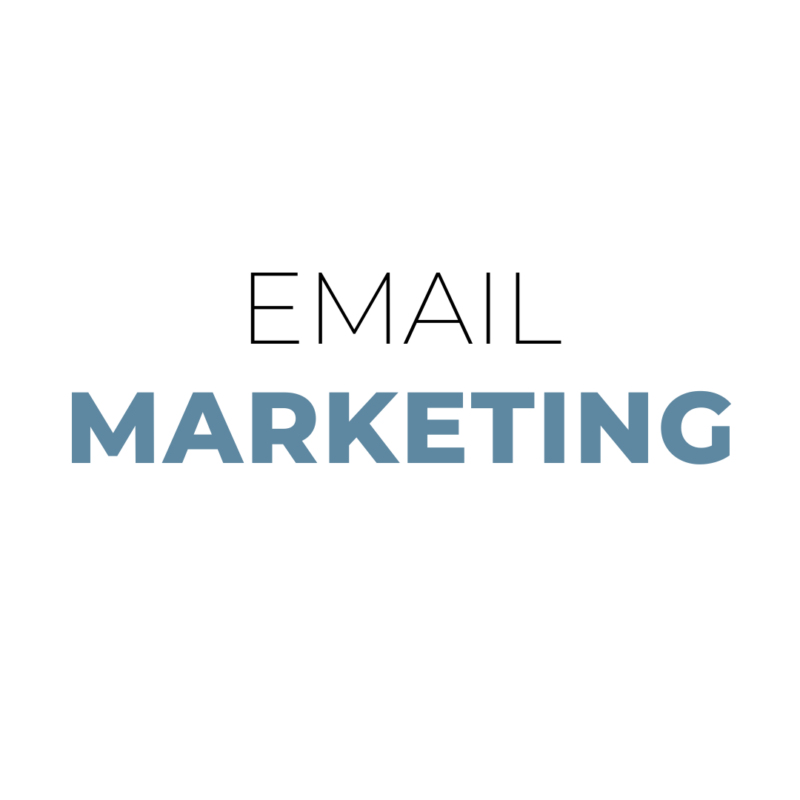Native advertising: You’re doing it right?
Last week, I gave my first thoughts on native advertising. I left off stating that while earned media coverage is the preferred method of exposure, I would recommend an online advertorial opportunity to my clients if the budget existed and only if we can ensure the content is valuable. I wanted to expand on that (without my first post becoming a novel) because it can be done right.
Valuable content, paid or unpaid, is valuable content. Period. I love this example of a paid post on The New York Times website. Netflix is promoting its original hit series, “Orange is the New Black.” The article is multifaceted, utilizing copy, video, photos and audio components. It is informative, engaging and very well done – arguably, a stellar piece of pure editorial content, if only it weren’t paid content. I came away from this article with a greater understanding of the challenges women face in prison, how the prison system is changing to meet their needs, and where some formerly incarcerated women are today – living successful lives after having been incarcerated for years in what for some were drug-related or “minor” crimes. This is a brilliant way that Netflix and “Orange is the New Black” are using native advertising to bring awareness to an issue with the prison system while promoting the show. Note how NYT makes it impossible for you not to realize you’re reading content that was paid for – it’s even in a special section of the website that uses a URL with “paidpost.nytimes.com” at the beginning, a banner that says “Paid Post,” and the logo for Netflix and “Orange is the New Black.” Even the graphics use brand colors: orange and black.
However, this is paid content that makes an impact, and it’s an ingenious way to garner eyes and drive the message home while promoting a brand. This is why native advertising can be beneficial.
Of course, BuzzFeed is the king of native advertising – as referenced on this episode of “Last Week Tonight with John Oliver” on HBO, which I mentioned in my previous post. However, nonprofits take note: you can participate in native advertising on BuzzFeed without paying for it! See our client Literacy Mid-South’s BuzzFeed Community page and note that on each actual post, there’s a disclaimer that explains why LMS does not pay, even though they are a brand publisher. Sure, all of their posts are about LMS, but that’s the point. This is a fun way to have unique content for social media and newsletters, enhance SEO and perhaps be found in the community by potential supporters. LMS is effectively using this unique aspect of BuzzFeed, and we love it!
So, when it comes to native advertising, if the point is to drive a message home or to share something important, should brands be penalized by the consumer? How about media outlets for inviting brands to place advertorials? Nope. Regardless of whether an outlet engages in native advertising with companies, credibility in the media still exists. There will never be a time when sources for pure editorial will be unnecessary. Some outlets and native advertisers do a terrible job at it, which can harm the reputation of the media outlet (like John Oliver’s example from The Atlantic’s January 2013 sponsored content from the Church of Scientology; see The Atlantic’s effort to clean up afterward here). But, most try to provide useful, engaging content.
I think consumers are wiser than the FOX News experts gave them credit for, and they will only become more so as the years pass. Awareness of native advertising will make all of us savvier. Brands will become better at ensuring content is valuable to readers. And, if I see an article that looks like it could offer interesting or entertaining content, I’ll read it. Then, it’s completely on me – a consumer – if I feel like it was a waste of my time to read what turned out to be shameless promotion or biased content created by a company, political group or other entity.


